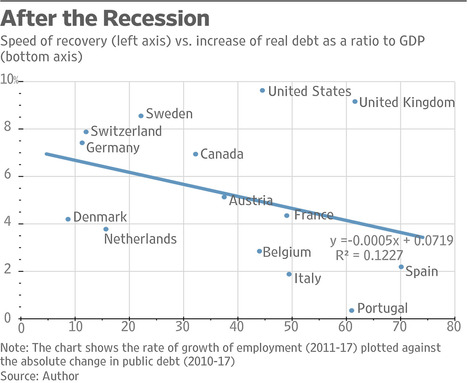(p. A19) Azriel Blackman, an airline mechanic for American Airlines, is not allowed to climb ladders, drive on the airfield at Kennedy International Airport or even use any tools.
That’s understandable — Mr. Blackman turns 92 next month.
But those constraints have not stopped him from showing up to work at a job he started in an era when trans-Atlantic commercial flights were novel feats.
“He loves coming to work,” said Robert Needham, Mr. Blackman’s boss and the station manager for the airline’s New York maintenance base. “His work ethic is something I’d love every one of my 368 mechanics here to have.”
Five days a week, Mr. Blackman drives himself from his home in Queens Village to the airport long before sunup and well before his 5 a.m. start time. His job as crew chief is to review paperwork detailing what maintenance has been completed and what remains to be done on 17 jetliners that are kept overnight at the airport. Then, wearing a lime-green vest and clutching a paper containing a list of planes and service requests, he starts his walk through a massive hangar, often passing below an enormous mural on the wall featuring his portrait surrounded by four types of aircraft flown by American.
. . .
“Every day the job is different,” Mr. Blackman said. “You’re not doing the same thing repetitively, and that’s good. If in my journey around the hangar I see something I can help on, I do that.”
For the full story, see:
Christine Negroni. “For 75 Years, Helping to Keep Planes Aloft.” The New York Times (Tuesday, June 18, 2017): A19.
(Note: ellipsis added.)
(Note: the online version of the story has the date June 17, 2017, and has the title “For 75 Years, a Mechanic Has Helped Keep Planes Aloft.” The online version identifies the page number of the New York edition as A18. The page number in my copy of the National edition was A19.)


